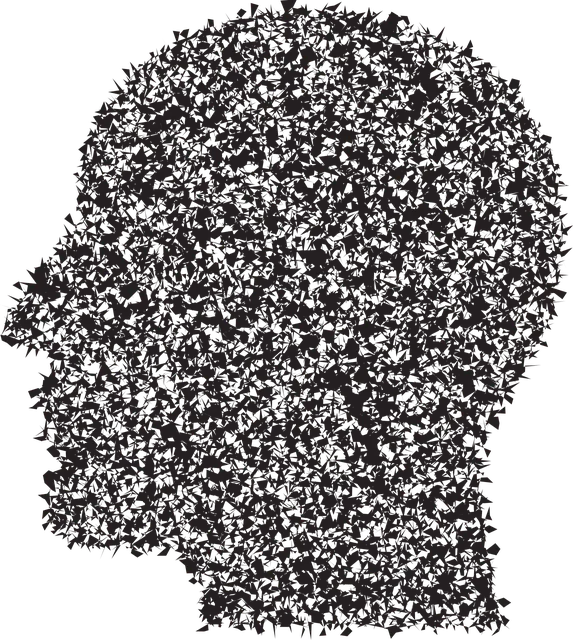Kaiser Permanente's tailored mental health outreach in Superior focuses on understanding community needs through data collection and collaboration, transforming facilities into care hubs with integrated services. Their strategy includes risk management, self-care initiatives, and empowering programs like Mental Wellness Coaching to enhance patient care. Success is measured using multi-faceted approaches combining quantitative and qualitative data, while partnerships are built through collaborative efforts like the Mental Wellness Podcast Series for long-term emotional healing and positive thinking within the community.
Community outreach programs are vital for fostering connection and enhancing well-being. This article explores a structured approach to implementation, focusing on the Kaiser Permanente model of integrating mental health services into community settings. We delve into understanding local needs, designing tailored programs, and measuring success. By leveraging resources like superior mental health facilities, communities can build sustainable partnerships that significantly improve access to care and overall resilience.
- Understanding Community Needs: A Key Step in Program Design
- Implementing the Kaiser Permanente Model: Mental Health Facility as a Resource
- Measuring Success and Building Sustainable Partnerships
Understanding Community Needs: A Key Step in Program Design

Understanding the unique needs and challenges of a community is a critical step in designing effective outreach programs, especially when focusing on mental health initiatives. In the case of a Kaiser Permanente mental health facility, understanding the local landscape involves assessing the prevalence of mental health issues, identifying at-risk populations, and recognizing existing support systems or gaps in care. This process ensures that programs are tailored to address specific community needs rather than implementing a one-size-fits-all approach.
For instance, a Mental Health Policy Analysis and Advocacy group might collaborate with local organizations to gather data on mood management challenges prevalent among different age groups. This information could highlight the need for targeted self-care practices tailored for adolescents or seniors. By engaging the community in this analysis, advocates can ensure that programs promote sustainable mental well-being, fostering a healthier and more resilient community overall.
Implementing the Kaiser Permanente Model: Mental Health Facility as a Resource

The Kaiser Permanente Model offers a powerful framework for enhancing community mental health services. By adopting this model, mental health facilities can transform into comprehensive resources, fostering better patient care and overall well-being. This approach emphasizes integration and collaboration, aligning with the belief that mental health is a vital aspect of overall wellness.
Implementing this strategy involves strategic planning, such as integrating Risk Management Planning for Mental Health Professionals to ensure safe and effective practices. Encouraging self-care among professionals through established Self-Care Practices not only benefits individuals but also improves service quality. Additionally, developing Mental Wellness Coaching Programs can empower both patients and healthcare providers, creating a supportive ecosystem where mental wellness is prioritized and nurtured.
Measuring Success and Building Sustainable Partnerships

Measuring success and building sustainable partnerships are integral aspects of community outreach programs at a Kaiser Permanente mental health facility. To evaluate effectiveness, the Superior team employs a multi-faceted approach, combining quantitative data like increased program participation and satisfaction rates with qualitative insights from client feedback and testimonials. This comprehensive strategy ensures that every initiative aligns with the community’s evolving needs and fosters a culture of mental wellness.
Partnerships are cultivated by engaging local organizations, healthcare providers, and community leaders in collaborative efforts, such as co-producing the popular Mental Wellness Podcast Series. By leveraging these relationships, the facility promotes emotional healing processes through integrated services, ensuring long-term sustainability and positive thinking within the community.
Community outreach programs, such as those inspired by the Kaiser Permanente model of integrating mental health services into community settings, can significantly enhance access to care. By understanding local needs and fostering sustainable partnerships, organizations like superior mental health facilities can become vital resources for their communities. Measuring success involves tracking participation, satisfaction, and improved well-being, ensuring these programs continue to adapt and grow based on community feedback. This collaborative approach not only benefits individuals but also strengthens the social fabric of communities, creating a healthier and more resilient society.






